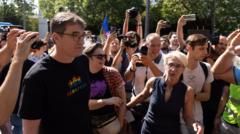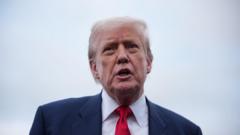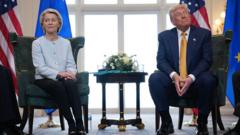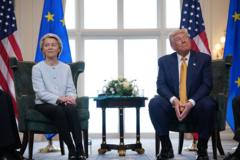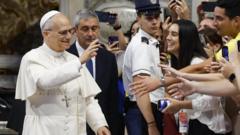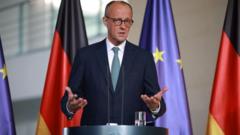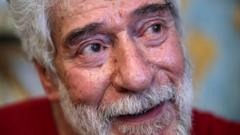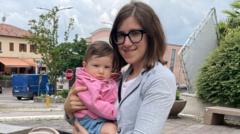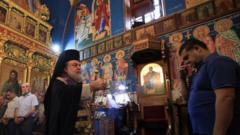After a grueling conclave, Cardinal Robert Francis Prevost emerged as a consensus candidate, transforming the future of the Vatican.
How a Quiet American Cardinal Rose to the Papacy

How a Quiet American Cardinal Rose to the Papacy
A swift and unexpected consensus marked the elevation of an American cardinal, unknown to many, to lead the Roman Catholic Church.
In a surprising turn of events, Cardinal Robert Francis Prevost, an understated American prelate, has become the new leader of the Roman Catholic Church, under the name Pope Leo XIV. This decision came during a conclave where the cardinals were faced with a challenging and inconclusive series of votes.
The election process unfolded late on a Wednesday evening, following a lengthy meditation meant to set the tone for the deliberations. Despite initial hopes pinned on Cardinal Pietro Parolin, the 70-year-old Italian who previously served under Pope Francis, the support for him proved lackluster. Cardinals were concerned over his inability to promote the collaborative approach that characterized Francis's papacy.
Meanwhile, Cardinal Peter Erdo from Hungary, 72, backed by a traditionalist coalition primarily consisting of African supporters, could not gain sufficient traction amid a papal electorate largely influenced by Francis’s appointments.
As the conclave progressed, it became increasingly evident that Prevost, the quiet American dark horse at 69, was gaining interest. He was seen as a potential unifier among the divided factions within the church, prompting cardinals to reconsider their options.
After hours of discussion and deliberation, the exhausted cardinals returned to the Sistine Chapel. They sought to establish a consensus and with great surprise, the American cardinal was elected, marking a significant transformation in the church's course. Prevost’s election signals both a shift in leadership style and an evolution in the church’s engagement with the modern world, echoing the spirit of inclusivity that many within the church advocate for.
Pope Leo XIV greeted the faithful from the balcony of St Peter’s Basilica, signaling the dawn of a new era for the Roman Catholic Church. The conclave’s decision reflects an adaptive response to contemporary challenges, showcasing the universal nature of the church beyond traditional boundaries.
The election process unfolded late on a Wednesday evening, following a lengthy meditation meant to set the tone for the deliberations. Despite initial hopes pinned on Cardinal Pietro Parolin, the 70-year-old Italian who previously served under Pope Francis, the support for him proved lackluster. Cardinals were concerned over his inability to promote the collaborative approach that characterized Francis's papacy.
Meanwhile, Cardinal Peter Erdo from Hungary, 72, backed by a traditionalist coalition primarily consisting of African supporters, could not gain sufficient traction amid a papal electorate largely influenced by Francis’s appointments.
As the conclave progressed, it became increasingly evident that Prevost, the quiet American dark horse at 69, was gaining interest. He was seen as a potential unifier among the divided factions within the church, prompting cardinals to reconsider their options.
After hours of discussion and deliberation, the exhausted cardinals returned to the Sistine Chapel. They sought to establish a consensus and with great surprise, the American cardinal was elected, marking a significant transformation in the church's course. Prevost’s election signals both a shift in leadership style and an evolution in the church’s engagement with the modern world, echoing the spirit of inclusivity that many within the church advocate for.
Pope Leo XIV greeted the faithful from the balcony of St Peter’s Basilica, signaling the dawn of a new era for the Roman Catholic Church. The conclave’s decision reflects an adaptive response to contemporary challenges, showcasing the universal nature of the church beyond traditional boundaries.

